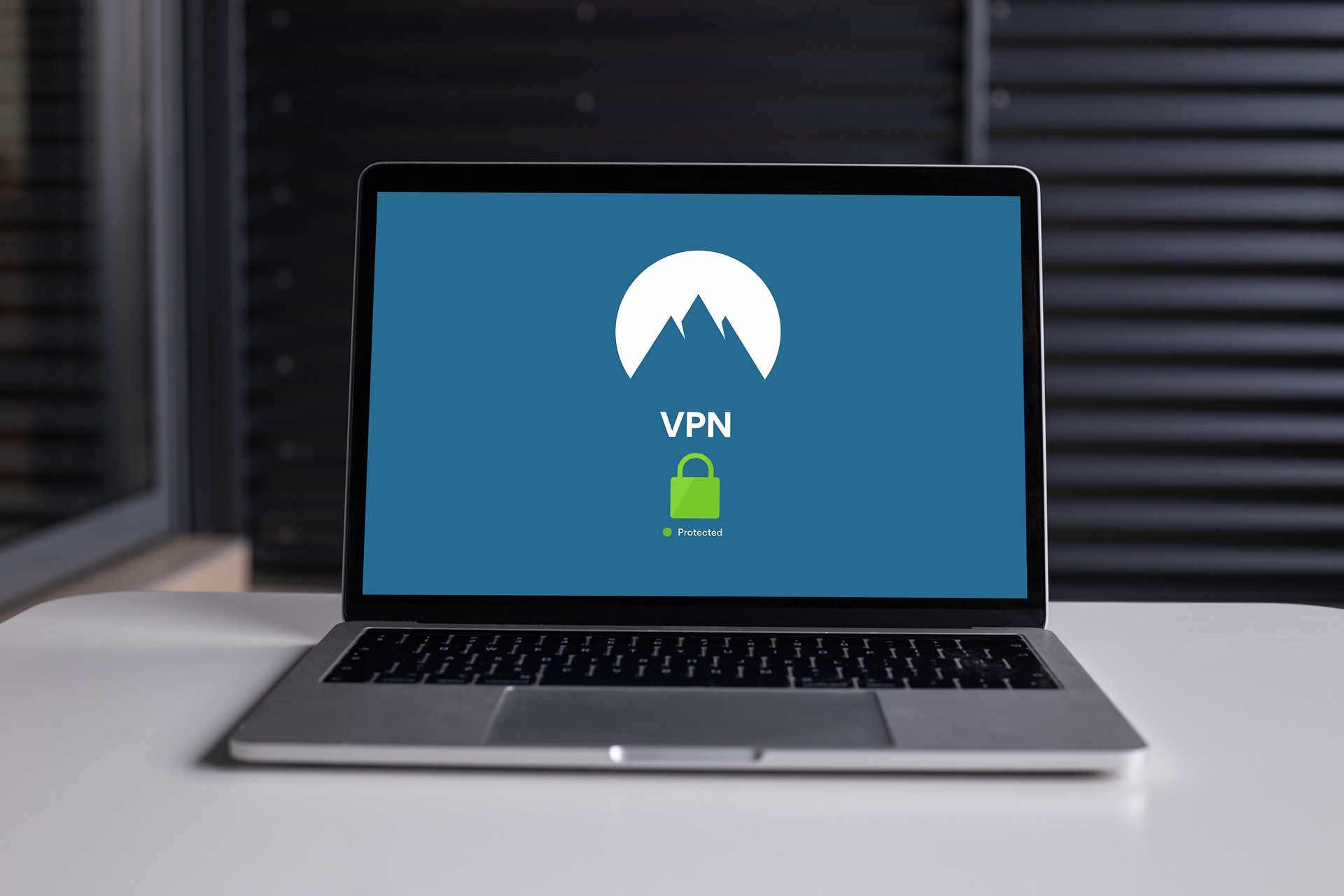Designing secure guest and IoT networks to minimize exposure
Segregating guest and Internet of Things (IoT) devices onto dedicated networks reduces the potential attack surface and limits lateral movement between endpoints and critical infrastructure. This article outlines practical segmentation strategies, device onboarding methods, traffic controls, and resilience planning that help minimize exposure without unduly impacting bandwidth or user convenience.

Segregating guest and IoT devices from primary corporate or home networks is a foundational step to reduce risk. A well-designed approach balances security controls with acceptable latency and bandwidth for users. Rather than exposing internal resources, separate VLANs or SSIDs can contain threats, enforce encryption and VPN requirements, and apply device-specific policies that limit upload/download behaviors and susceptibility to throttling or congestion.
How do router and mesh choices affect isolation?
Router and mesh systems determine the granularity of segmentation and the ease of managing guest and IoT networks. Many consumer routers support multiple SSIDs and guest isolation, but enterprise-grade routers or UTM appliances provide more robust VLAN tagging, firewalling, and traffic shaping. Mesh systems are convenient for coverage, yet not all mesh vendors expose advanced VLAN or inter-SSID routing controls. When selecting hardware, confirm support for VLANs, client isolation, QoS policies, and centralized configuration so you can enforce restrictions across every access point without creating gaps that compromise exposure.
What role do encryption and VPNs play?
Encryption at the link and application layers reduces eavesdropping risks on wireless and wired guest or IoT segments. Use WPA3 or at minimum WPA2 with strong passphrases for SSIDs that host personal devices; for unsupportive IoT devices, place them on an isolated network with strict firewall rules. For guest networks serving traveling staff or contractors, require device-based VPNs to access internal services rather than exposing those services directly. VPNs plus proper encryption prevent unauthorized sniffing and make lateral movement harder even if a device is compromised.
How to segment guest and IoT traffic for bandwidth and latency
Segmentation should consider bandwidth and latency needs to avoid service degradation. Reserve sufficient bandwidth on the uplink (broadband, fiber, cable, or satellite) and use QoS to prioritize critical traffic over guest or low-priority IoT flows. Bandwidth-sensitive IoT (like video cameras) should be on a controlled VLAN with rate limits to prevent upload saturation. For latency-intolerant applications, ensure the routing path and any VPN tunnels introduce minimal additional hops. Properly configured traffic shaping and throttling policies protect core services while allowing guests reasonable download and upload speeds.
How to monitor uptime, redundancy, and throttling
Continuous monitoring of uptime and redundancy helps detect failures or performance degradation that could increase exposure. Implement redundancy at multiple levels: dual WAN links (such as fiber plus cable or a satellite fallback), redundant routers or high-availability configurations, and failover mesh nodes for local coverage. Monitor link latency, packet loss, and throughput so you can adjust throttling rules and QoS. Alerts for unusual spikes in upload or download traffic from IoT VLANs can indicate misbehavior or compromise and prompt automated containment actions.
How to control upload/download exposure and device onboarding
Strict onboarding processes reduce the chance of rogue devices joining sensitive networks. Use captive portals for guest access with terms of use and short-lived credentials, and implement 802.1X or certificate-based onboarding for managed devices. For IoT, prefer provisioning workflows that bind devices to a device management platform, limiting outbound destinations and applying minimal necessary privileges. Configure firewall rules to restrict inbound connections and allow only required outbound ports and hosts; this limits how much data a compromised device can exfiltrate and constrains attack vectors.
Practical connectivity considerations across transport types
Choice of external connectivity—broadband, fiber, cable, or satellite—affects achievable latency, redundancy options, and how you plan segmentation. Fiber and cable typically offer low latency and high bandwidth useful for central services and camera streams, while satellite links introduce higher latency and require careful QoS tuning. When designing segmentation, plan for uplink characteristics and potential throttling policies from ISPs; ensure guest or IoT traffic can be routed to separate WAN interfaces when using multiple transports to maintain isolation and predictable performance.
Conclusion
Designing secure guest and IoT networks requires layered controls: appropriate hardware that supports VLANs and mesh management, strong encryption and VPN use, QoS and traffic shaping to manage latency and bandwidth, monitoring and redundancy to maintain uptime, and strict onboarding plus firewalling to reduce exposure. By combining these measures and accounting for the characteristics of your broadband, fiber, cable, or satellite connections, administrators can limit attack surfaces while preserving usable network performance.





